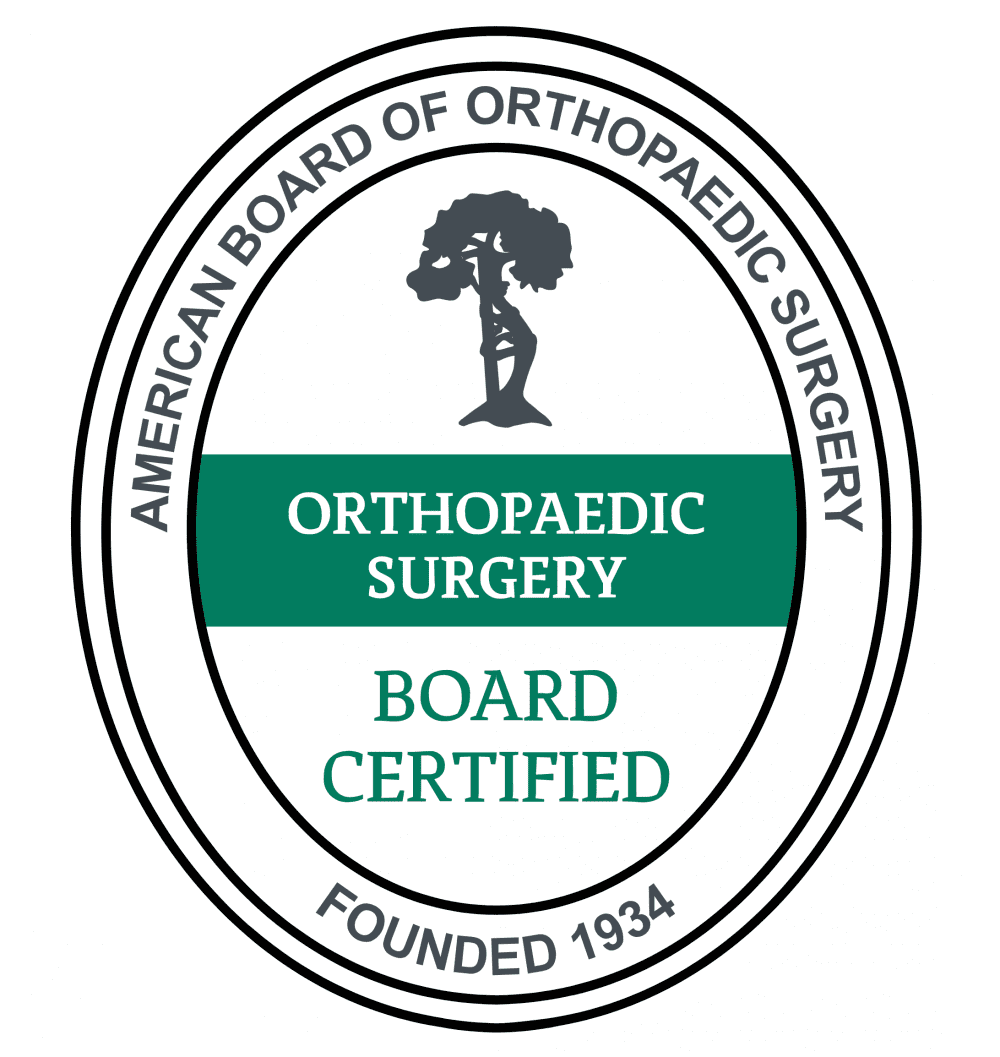
How do I know if a workout is good for me? You can make it a daily ritual by setting goals for yourself and completing them. Your goals should be written down and reviewed each day. These goals should be specific, measurable and simple to achieve. To track your progress, you can use body composition measurement equipment. Find the best workout for you by trying out different routines. Read on to find out how to make a workout plan that works for you.
Do you hate exercising? You may think "I don’t have time for exercise." In no time you'll likely be able to find a program that's right and suitable for your lifestyle. You don't have to worry about it - there are many different ways to exercise and a program that will work for you. Trying it is the best way to get the results you desire and feel good about yourself. If you follow these tips, you will soon discover if it's right for your.

Do not let time constraints stop you from working out! Use the time you have to get your workout in. It may not be possible to fit a workout into your lunch break but it will still be efficient. Find an opportunity to work out during or before your lunch break if it's impossible to get to the fitness center on time. And don't be afraid to admit that you need help. You'll have a great workout.
If you are like me, there is a great plan for you. You don't have to follow every workout plan to be successful, but it is important to choose one that is enjoyable and effective. You will need to keep going with the program until you find it that suits your needs. Although there are many methods to make your exercise a success you shouldn't lose heart. There are many great strategies that can help keep you focused and motivated.
It is also important to keep track of how often you workout. While you might think you should do only a certain type of exercise on a given day, you may need to vary your routine on different days. A different workout may be a better option if time is limited. You should also take a rest from intense training to recover and rest. It is important to vary your workout and recovery schedule.

Different exercises can help build strength. Alternate between exercises and work on different muscles. To avoid injury, your workouts should be varied. Doing a vigorous cardio session will result in you working the same muscle groups for several days. Your workouts should be modified if you are recovering from an injury. If you can't do this, you should consider a workout for me that incorporates both strength and endurance training.
FAQ
How often should I exercise
It is important to exercise for a healthy lifestyle. There is no time limit on how much you should exercise. It is important to find something that you enjoy and stay with it.
Three times a week, you should be aiming to complete 20-30 mins of moderate intensity activity. Moderate intensity means you'll still be breathing hard after you've finished. This type of exercise burns approximately 300 calories.
For those who prefer to walk, you can go for 10-minute walks four times a week. Walking is easy on the joints and has low impact.
If you'd rather run, try jogging for 15 minutes three times a week. Running is a great exercise to build muscle tone and burn excess calories.
You should start slowly if it's your first time exercising. You can start with only 5 minutes per week of cardio. Gradually increase the amount of cardio you do until you reach your goal.
How can I live a life that is full of joy every day?
Finding out what makes your heart happy is the first step to living a fulfilled life. Once you've identified what makes your happy, you can start to work backwards. You can also ask other people what they do to live the best lives possible every day.
You can also check out books like "How to Live Your Best Life" from Dr. Wayne Dyer. He discusses finding happiness and fulfillment throughout our lives.
Are there 5 ways to have a healthy lifestyle?
Living a healthy lifestyle involves eating right and exercising regularly. Eating well means avoiding processed foods, sugar, and unhealthy fats. Exercise can help you burn calories and strengthen your muscles. You can improve your memory and concentration by getting enough sleep. Managing stress reduces anxiety and depression. Fun keeps us vibrant and young.
What can you do to boost your immune system?
Human bodies are made up of trillions upon trillions of cells. Each cell works together to create organs and tissues that fulfill specific functions. A cell that dies will be replaced by another. Cells also communicate with each other using chemical signals called hormones. Hormones control all bodily functions, including growth, development, metabolism, immunity and immune system.
Hormones refer to chemicals produced throughout the body by glands. They travel through bloodstreams and act as messengers that control the function of our bodies. Some hormones are produced within the body while others are externally manufactured.
When a hormone-producing gland releases their contents into the bloodstream, hormone production begins. Once hormones are released they move through the bloodstream until they reach their intended organ. Some hormones may only remain active for a limited time. Other hormones can remain active longer, and they continue to affect the body's functionality even after leaving the bloodstream.
Some hormones can only be produced in large quantities. Some hormones are produced in large quantities.
Some hormones are produced at certain times during life. The production of estrogen can occur during puberty and pregnancy, as well as menopause and old age. Estrogen is important for women to develop breasts and maintain bone density. It also helps prevent osteoporosis. It promotes hair growth as well as keeping skin soft and smooth.
Here are 7 ways to live a healthy lifestyle.
-
You should eat right
-
Exercise regularly
-
Rest well
-
Drink plenty of water.
-
Get enough sleep
-
Be happy
-
Smile often
How can you tell what is good?
Listen to your body. Your body is the best judge of how much exercise, food and rest you should get. You need to be aware of your body and not overdo it. Take care of your body and make sure that you're staying healthy.
What is the difference in fat and sugar?
Fat is an energy source that comes directly from food. Sugar is a sweetener found in fruits, vegetables, and other foods. Both fats and sugars provide the same number of calories. Fats have twice the calories of sugars, however.
Fats are stored in the body and contribute to obesity. They may cause cholesterol buildup and lead to strokes or heart attacks.
Sugars are quickly absorbed into the body and provide instant fuel. This causes blood glucose levels in the body to rise. High blood glucose levels are dangerous as it can increase the likelihood of developing type 2 diabetes.
Statistics
- The Dietary Guidelines for Americans recommend keeping added sugar intake below 10% of your daily calorie intake, while the World Health Organization recommends slashing added sugars to 5% or less of your daily calories for optimal health (59Trusted (healthline.com)
- This article received 11 testimonials and 86% of readers who voted found it helpful, earning it our reader-approved status. (wikihow.com)
- According to the Physical Activity Guidelines for Americans, we should strive for at least 150 minutes of moderate intensity activity each week (54Trusted Source Smoking, harmful use of drugs, and alcohol abuse can all seriously negatively affect your health. (healthline.com)
- In both adults and children, the intake of free sugars should be reduced to less than 10% of total energy intake. (who.int)
External Links
How To
What does the "vitamins” word mean?
Vitamins are organic compounds naturally found in food. Vitamins allow us to absorb nutrients from food. The body cannot make vitamins; therefore, they must be obtained from food.
Two types of vitamins exist: water-soluble vitamin and fat-soluble vitamin. Water-soluble vitamins dissolve easily when they are dissolved in water. Some examples include vitamin C,B1 and B2 vitamins (thiamine), B2 and riboflavin, B3 and B6 vitamins (niacin), folic acids, biotin, pantothenic acids, and cholesterol. Fat-soluble vitamins can be stored in the liver or in fatty tissue. These include vitamin D, E and K, as well as beta carotene.
Vitamins can be classified by their biological activity. There are eight major groups of vitamins:
-
A - Vital for normal growth and maintaining good health.
-
C is important for nerve function and energy production.
-
D - Vital for healthy bones and teeth
-
E is required for good vision and reproduction.
-
K - Required for healthy nerves and muscles.
-
P - essential for strong bones, teeth and tendons
-
Q - aids digestion, absorption and absorption iron
-
R - Required for red blood cell production
The recommended daily allowance (RDA), for vitamins, varies depending upon age, gender, or physical condition. The U.S. Food and Drug Administration (FDA) sets the RDA values.
For example, the RDA for vitamin A is 400 micrograms per dayfor adults 19 years or older. Pregnant mothers need 600 micrograms per days because it is vital for the development and growth of their baby. Children ages 1-8 require 900 micrograms per day. Infants below one year old require 700mg per day. But, between 9 months to 12 months, the amount drops to 500mg per day.
Children aged 1-18 years need 800 micrograms daily, while children overweight require 1000 micrograms per days. Children who are severely obese or underweight will need 1200 micrograms each day.
Children ages 4-8 years who have been diagnosed with anemia need 2200 micrograms per day of vitamin C.
2000 micrograms daily is required for adults over 50 to maintain their general health. Breastfeeding or pregnant women require 3000 micrograms per daily due to higher nutrient demands.
1500 micrograms is the recommended daily intake for adults aged 70+, who lose approximately 10% of muscle each year.
Women who are pregnant and lactating need more nutrients than the RDA. Pregnant and breastfeeding women require 4000 micrograms each day during pregnancy and 2500 Micrograms each day after delivery. Breastfeeding mothers need 5000 mg per day when breastmilk is being produced.